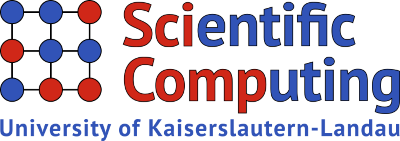Prof. Qiqi Wang, MIT, Cambridge, USA
Title:
Design in Chaos — the Least Squares Shadowing technique for Sensitivity Analysis of Chaotic High Fidelity Simulations
Chaos is widespread in high fidelity simulations of engineering and natural systems. These systems, including turbulent flow and combustion, can exhibit sensitivity to initial conditions and other perturbations, a defining characteristic of chaos. High fidelity simulations of these systems, such as Large Eddy Simulations, are becoming increasingly practical through advances in high performance computing. They have the potential to introduce a step change in our ability to reliably predict performance of airplane and engine components. These simulations often capture the chaotic characteristics of the system they simulate.
High fidelity simulations of chaotic systems challenge existing techniques of extracting sensitivity information from simulations. Sensitivity analysis computes how output quantities of interest respond to changes in input parameters, and is widely used in design optimization, data assimilation, inverse problems and uncertainty quantification. Traditional techniques for sensitivity analysis fails for long time averages of chaotic systems, due to presence of the “sampling error.” The derivative of the sampling error increases as the objective function is averaged over longer time, due to the “butterfly effect” of chaotic dynamics. Corrupted by the large derivative of the sampling error, traditional sensitivity analysis produces erroneous results for chaotic unsteady flows.
This talk introduces the Least Squares Shadowing technique to overcome the challenge of sensitivity analysis in chaotic simulations. The shadowing condition replaces the initial condition, and enforces that similar design variables develop similar trajectories that “shadow” each other. Similar design variables thus have similar sampling errors. The derivative of the sampling error to the design variables is small, and the derivative computed by Least Squares Shadowing approximates the derivative of the true objective function. This talk will discuss the theory, computation and potential applications of the Least Squares Shadowing technique.
